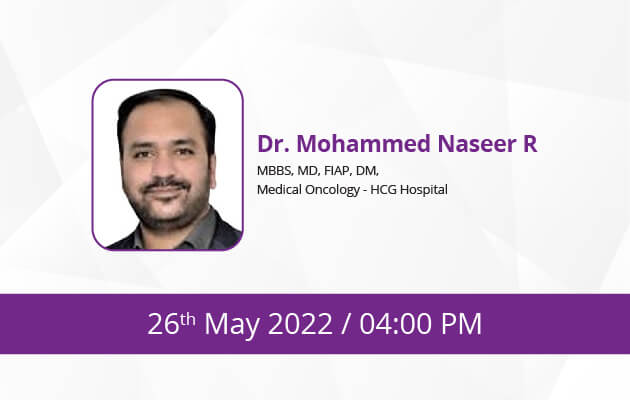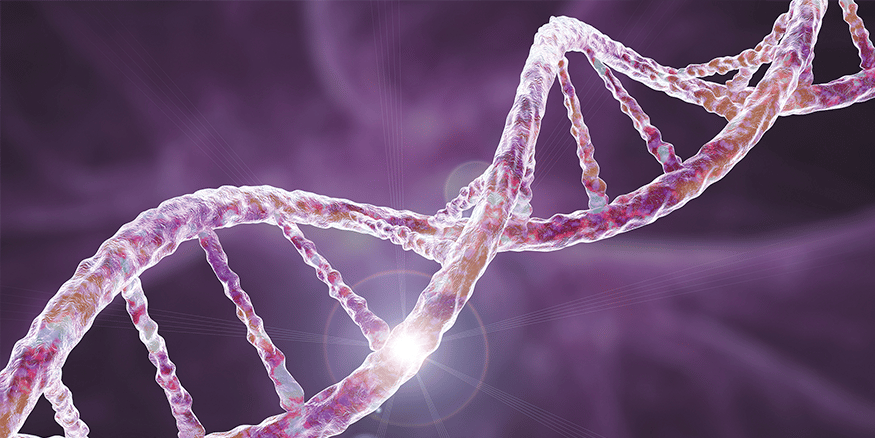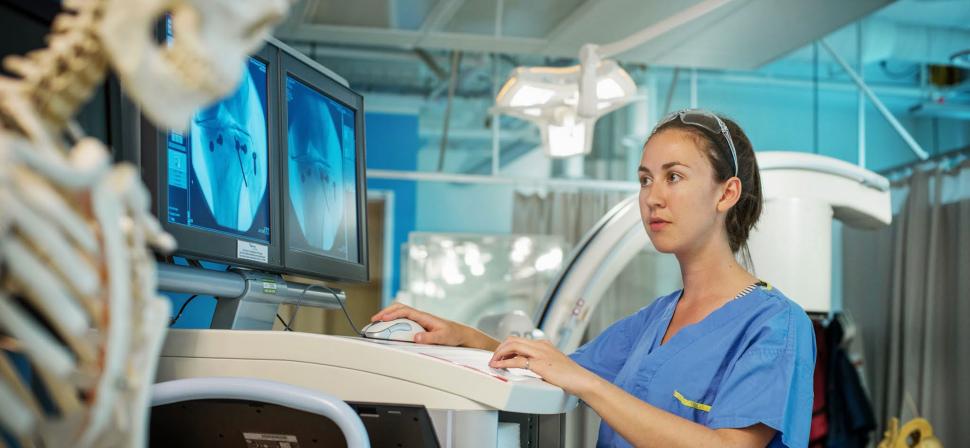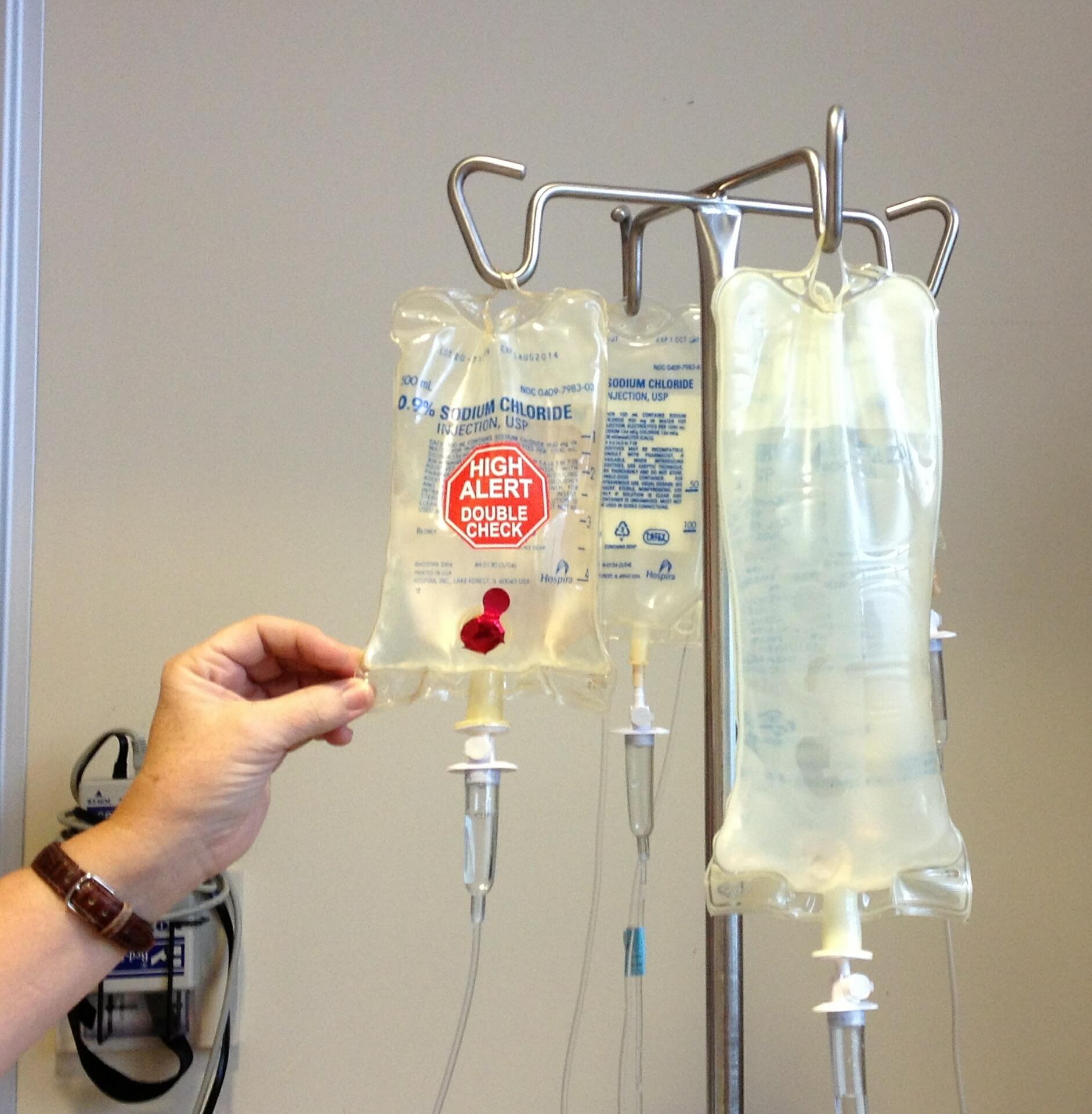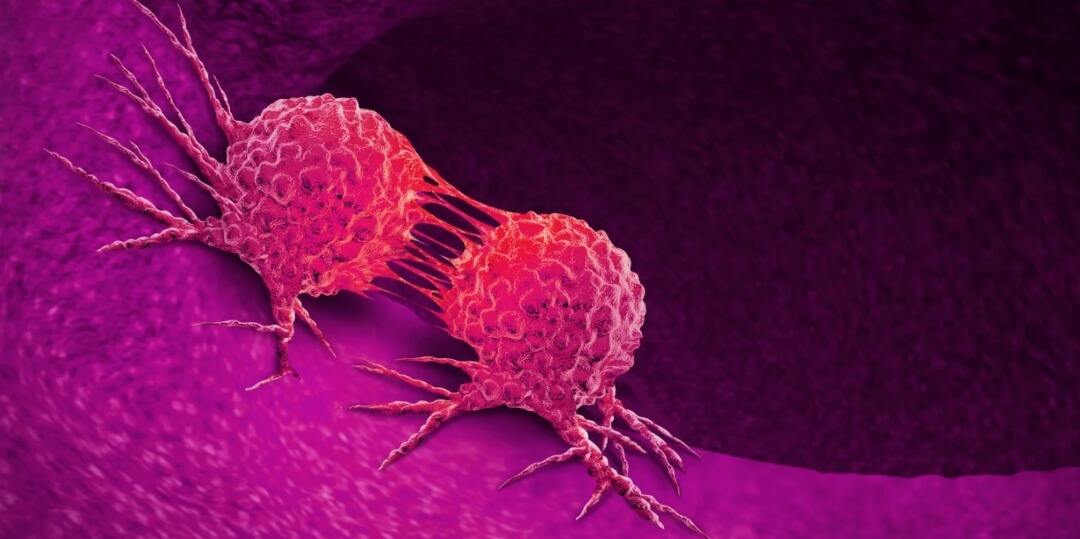
Biomarkers accelerate treatment for Lung Cancer sufferers
A molecule that can be detected in the skin, blood, or other body fluids of a patient is a biomarker. They are often referred to as molecular markers, signature molecules, or genotypes. Biomarker testing identifies the existence of unusual mutations or proteins in a patient's tumor. If the detailed biomarker test of a patient indicates that their cancer is driven by a specific genomic modification, it suggests that they will be a good candidate for a targeted therapy that targets that mutation or protein. In the last decade, targeted treatments have transformed the treatments for lung cancer landscape, with several medications either approved for treatment or in clinical trials. Targeted therapies are a form of therapy that works by targeting particular sections of cancer cells that indicate uncontrollably growing and dividing driver mutations in the cell. For some patients, both of these therapies show promise; they do not always benefit, however. This is why asking for biomarker testing is important for patients.
There are two major forms of biomarkers used for the treatment of lung cancer. They are gene changes (mutations) or rearrangements that encourage cancer cell growth and biomarkers of the immune system that predict how well immunotherapy will react to cancer. Biomarkers of gene mutations include EGFR, ALK, BRAF V600E, MET, PIK3, etc. Lung cancer immune system markers include PD-1 and PD-L1, and CTLA-4. Few ways to detect lung cancer biomarkers are Comprehensive next-generation sequencing (NGS), FISH analysis, Immunohistochemistry, Liquid Biopsy, and PD-L1 testing. Researchers have discovered over 20 separate driver mutations that lead to the development of lung cancer. Eight drivers have approved medications to treat them, but in people without gene modifications, these drugs do not function. The search is on for more biomarkers, potentially leading to new tailored treatments for lung cancer. The leading cause of death from cancer and the most prevalent cancer worldwide is lung cancer. In the United States, 228,820 new cases and 135,720 deaths are predicted by the National Comprehensive Cancer Network (NCCN) in 2020. The emergence of targeted therapeutics has opened the door to enhanced survival, powered by the discovery of biomarkers and underlying molecular pathways. All of this requires that patients be correctly identified not only by histological subtypes but also by oncogenic mutation and fusion biomarkers and cancer immune response.


